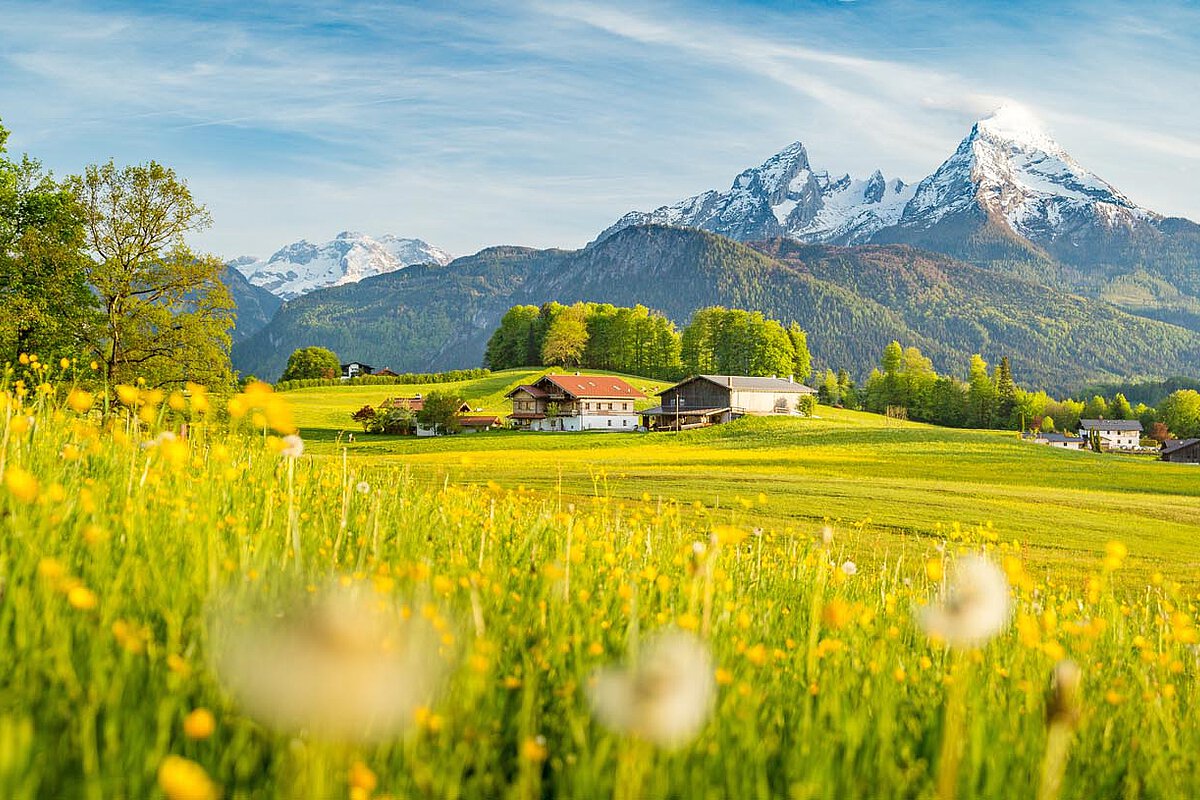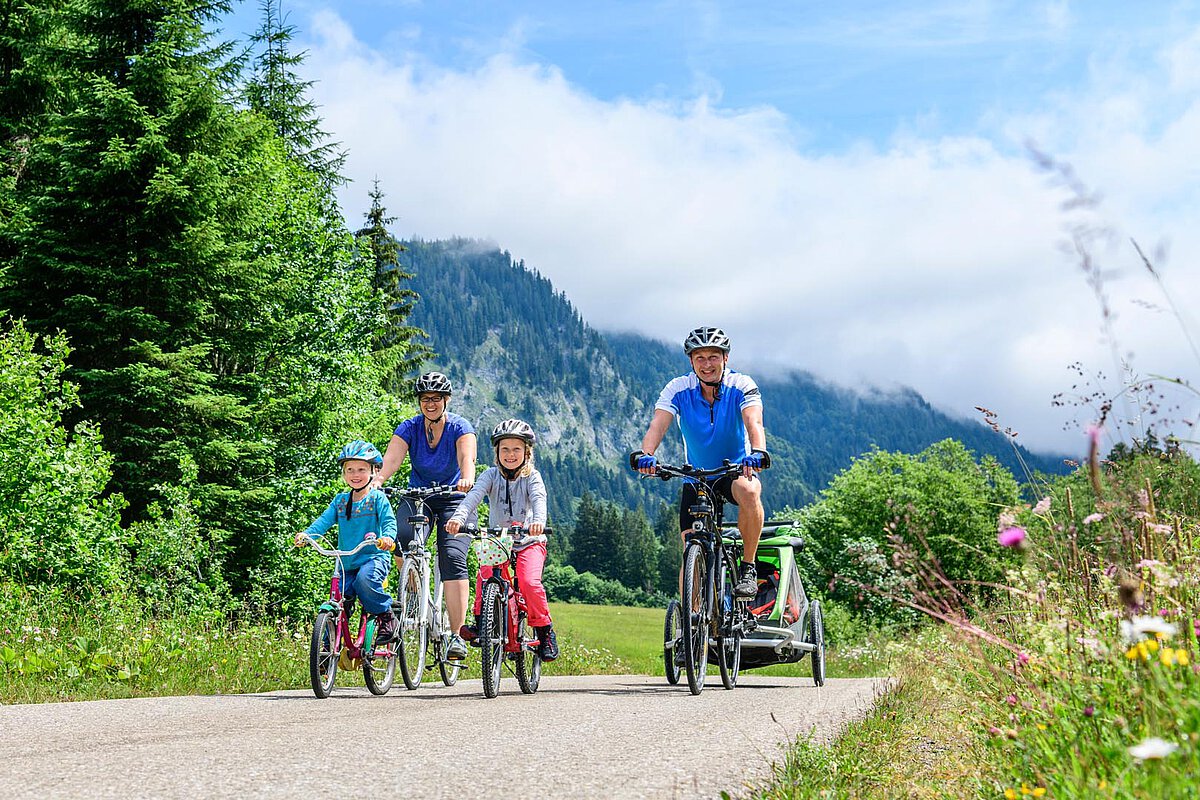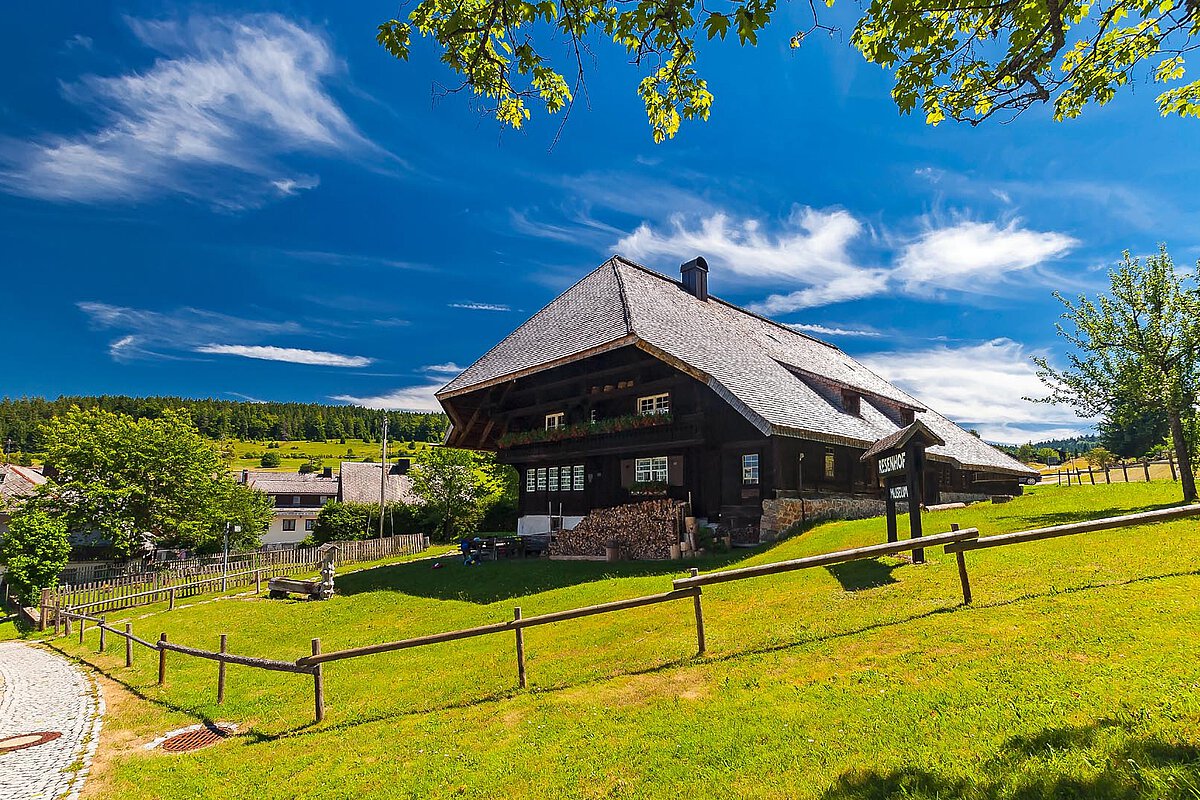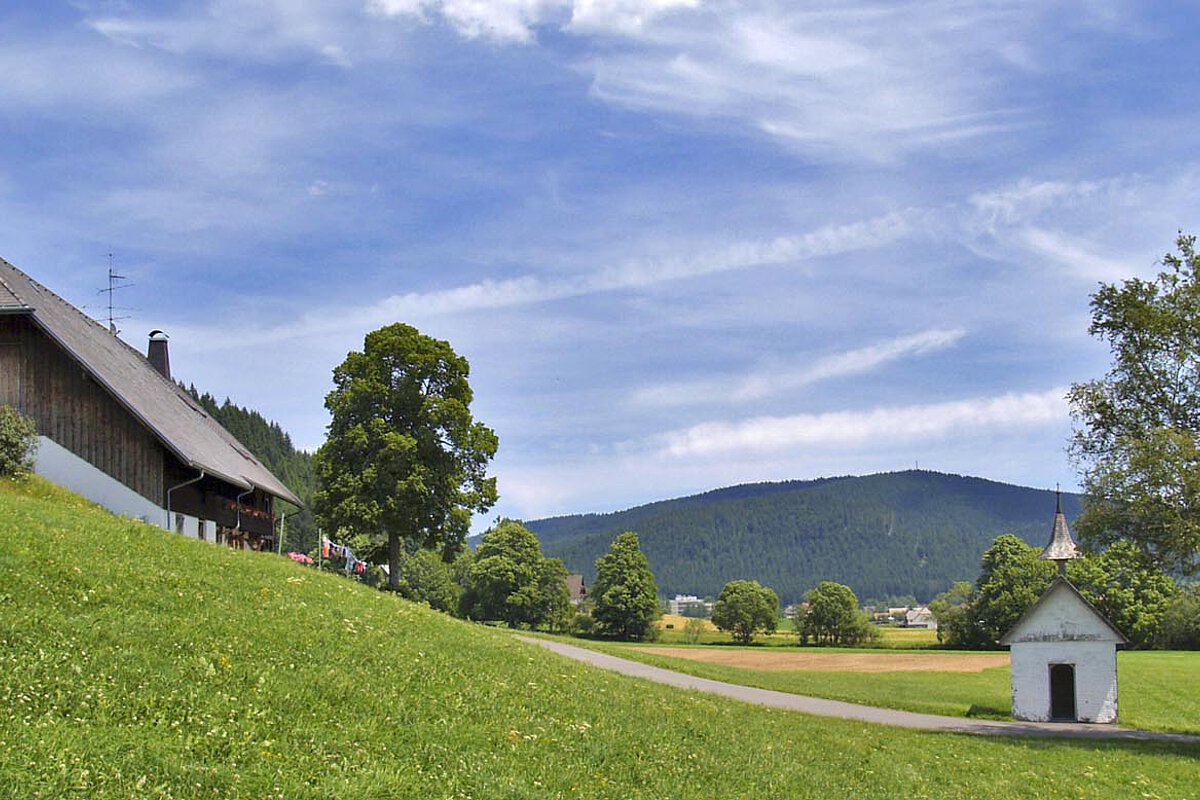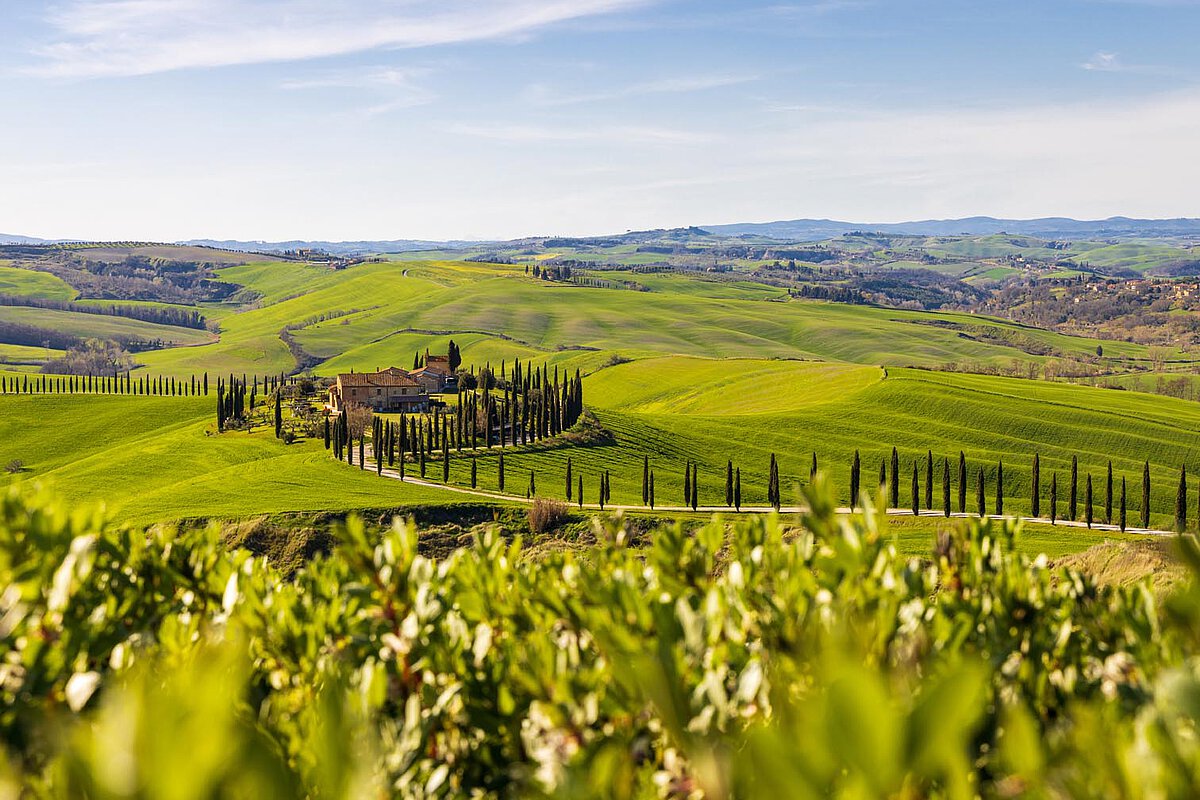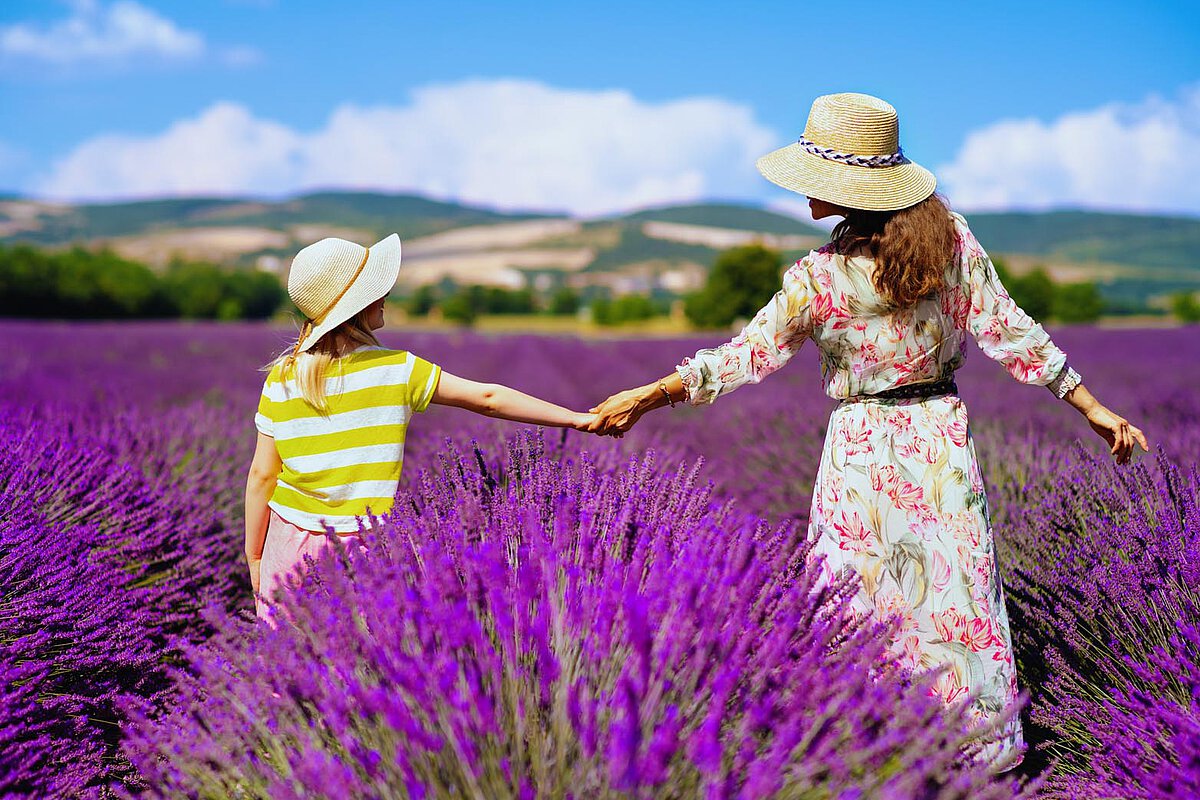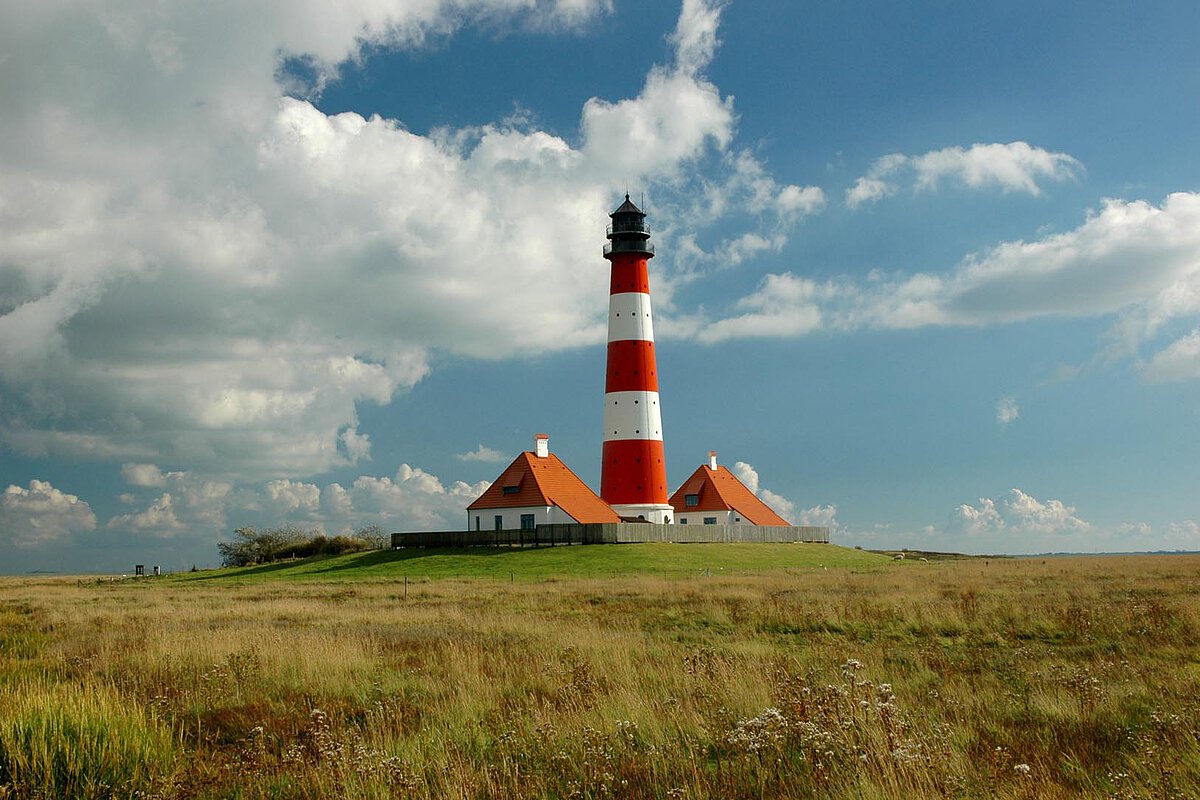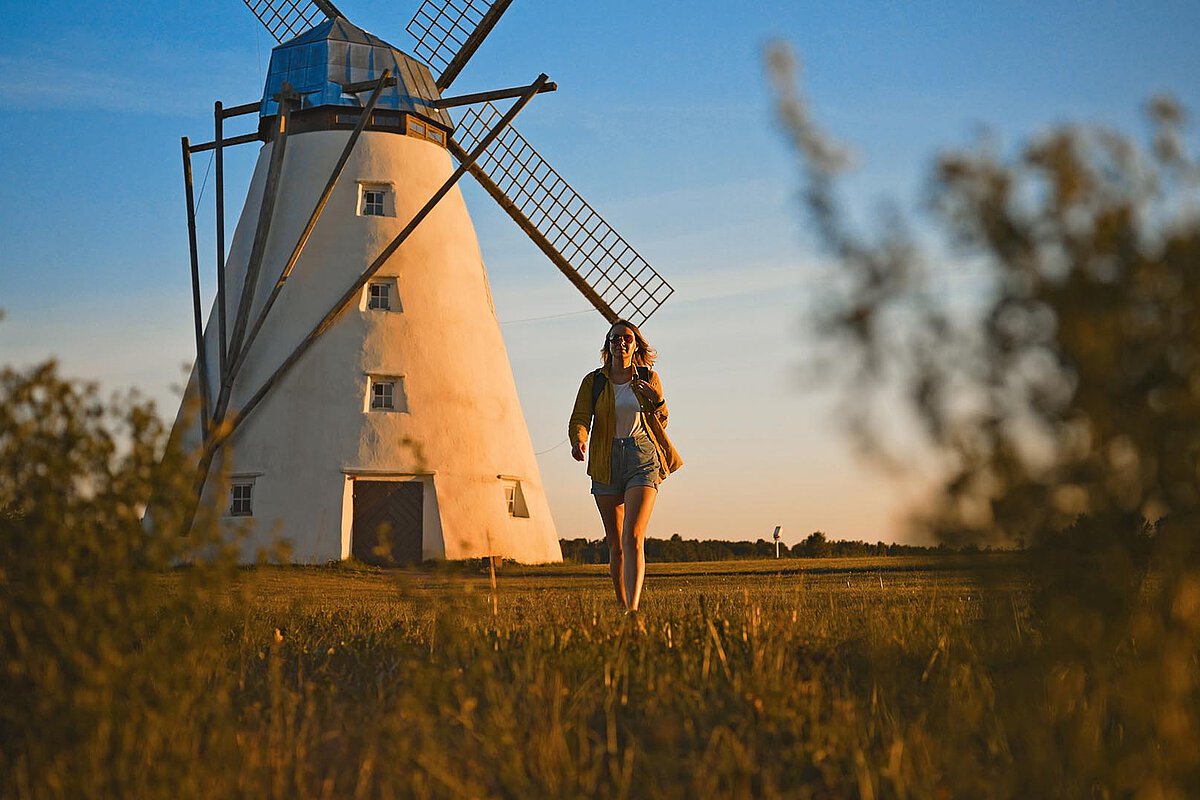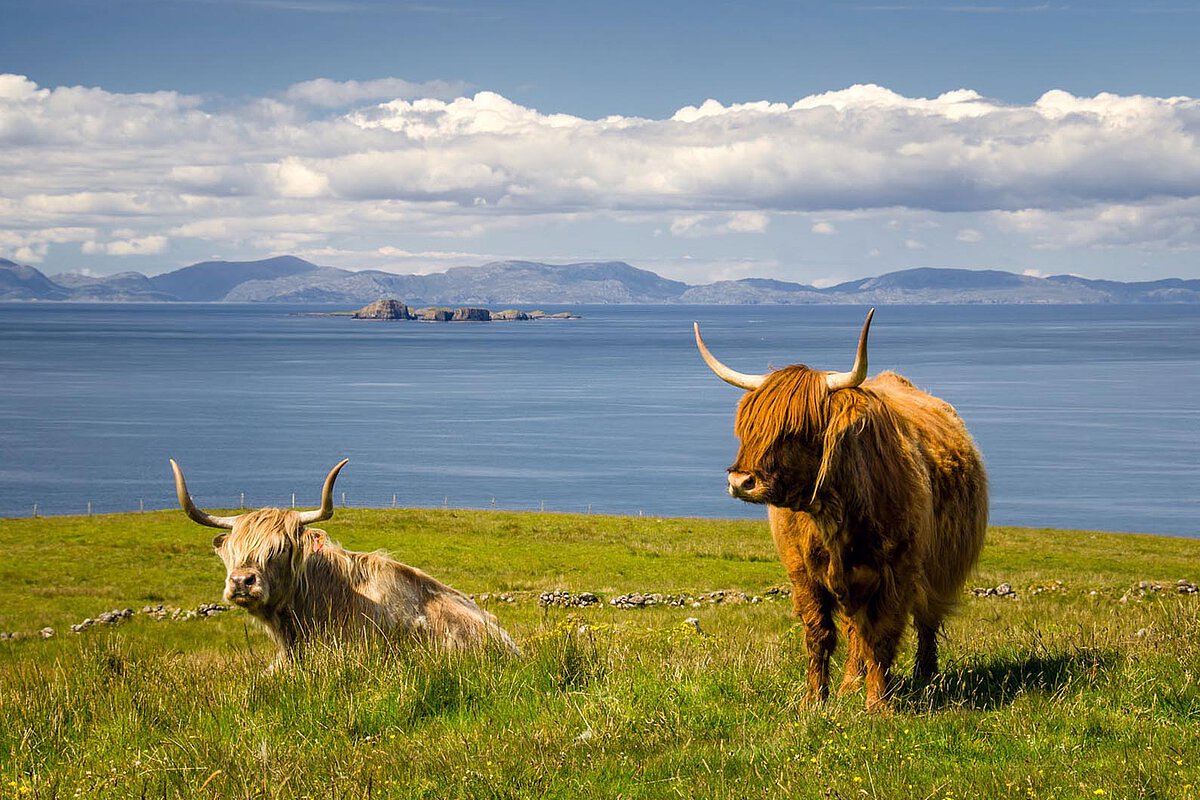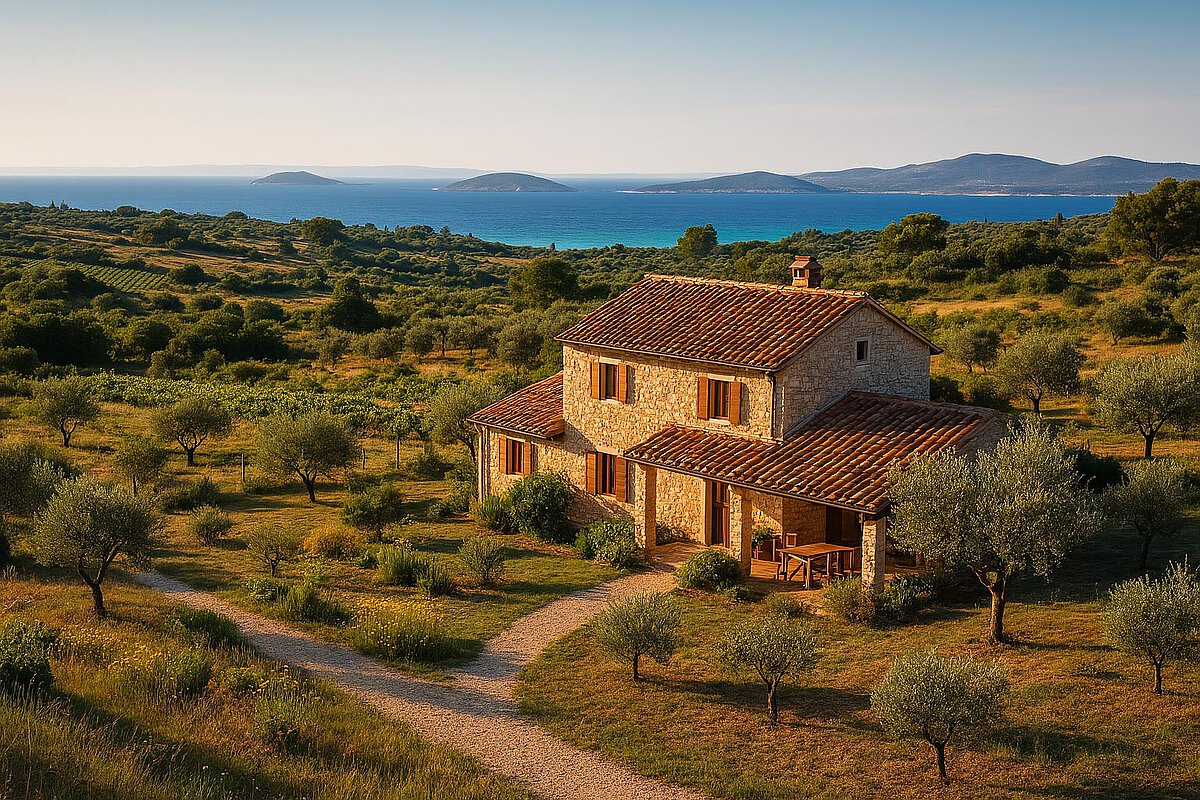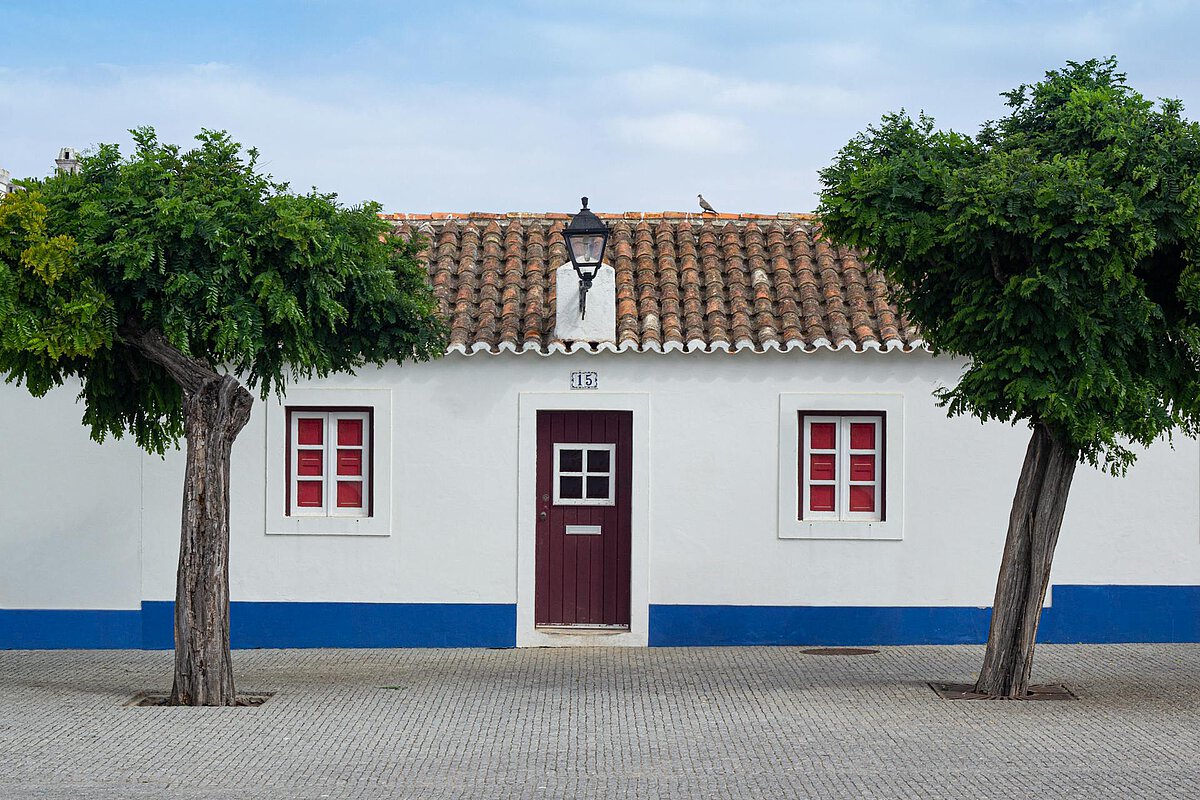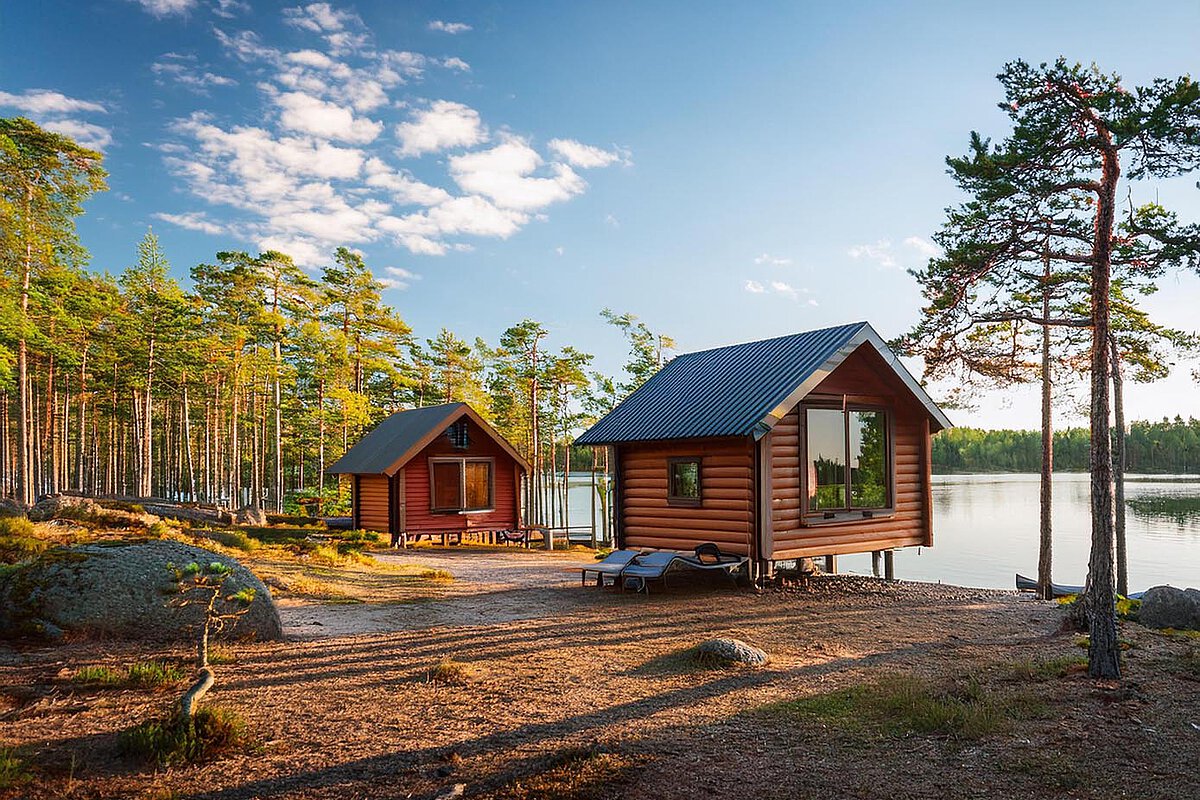Germany's farmhouse retreats
From alpine peaks to baltic shores
Germany's Most-Loved Rural Regions
Family-Friendly Accommodations
City-Break Escapes
Countryside Sustainable Stays
Didn’t find what you were looking for?
Discover these countryside gems!
Germany: From Fascinating History to Breathtaking Nature
A warm and welcoming travel destination, Germany offers much to explore: historical sights of political and architectural importance, as well as spectacular scenic beauty across forests, mountains and lakes.
Add to that some of the world’s most beautiful castles and you have the recipe for an unforgettable visit. Be inspired by the great cultural power of Berlin and its poignant examination of its troubled past.
Lose yourself in scenic forests, tranquil lakes and spectacular mountains in Black Forest. Or live a fairytale dream visiting the King Ludwig II castle in Neuschwanstein.
Some interesting facts
Located in the heart of Europe, Germany is home to around 85 million people. The Baltic and North Seas form the country’s northern border while Lake Constance, the Alps, and the High Rhine, along with Austria lie in the south.
At 2962 meters, the Zugspitze is Germany’s highest peak. Central Germany is flanked by rolling hills and lush forests, where a great number of its beautiful castles are located.
With 16 constituent states, Germany spans 137,988 square miles. Almost half of the country’s population dwells across 80 cities, the biggest of which are Berlin, Hamburg and Munich.
Much of its well preserved historic city centers feature half-timbered houses dating from the Middle Ages.
A country with great opportunities for agriculture
The northern flats of Germany and many of its eastern regions contribute to the country’s cereal and sugar beet production.
The hilly and mountainous terrain is better suited to vegetable, meat and dairy farming.
Most cities have vegetable farms and fruit orchards on the outskirts. Vineyards dot the valleys of south and west, especially the areas around the Rhine and the Main.
Western Germany
Once largely containing small family-owned farms, today there are several large farms constituting half the agricultural land in western Germany.
Schleswig-Holstein has the highest number of large farms. The western fringe is also the country’s largest wine-growing region. The steep hills of Rheinhessen are home to several wine-growing villages.
A vineyard tour in this region makes for an unforgettable treat—you can discover fascinating geological remains of a tertiary sea in the Mainz Basin and archaeological artifacts from the Neolithic period, Bronze Age, Celtic and Roman eras in the vicinity of a hillside vineyard, Heerkretz.
Cultivated at a height from 160 to 260 metres, these Riesling vineyards are certainly amongst the best attractions in Rheinhessen.
Fruits, vegetables, and flowers mainly grow on the outskirts of western German cities.
East & Southern Germany
In the period between 1952 and 1960, most small farms in East Germany came together to form agricultural cooperatives.
The areas with naturally high fertile soils principally grow wheat, corn (maize), barley, and sugar beets. Poultry and cattle are reared separately, in the arable lands with specialist holdings.
Southern Germany is a treasure-trove of fruits, comprising warm lowlands, perfect for cultivating seed corn, tobacco and vegetables.
The southwest is also home to several vineyards, especially around the Moselle, Rhine, Neckar rivers, Main and Elbe.
North & Central Plain and Uplands
The soils of the North German Plain and the Central German Uplands aren’t best suited for fruit or vegetable cultivation.
Oats, rye, fodder beats, and potatoes have been the traditional crops. Sugar beet production, which was once restricted to the fertile northern fringes of the Central German Uplands, is now more common.
In recent years, however, innovative farming techniques and climate-adaptive crop varieties have begun to transform the agricultural landscape.
Farmers are experimenting with drought-resistant strains of wheat and barley, while precision agriculture methods help maximize yields in less fertile areas.
Additionally, the rise of organic farming has led to increased biodiversity, with farmers introducing new crops like quinoa and amaranth to diversify their output.
With 16 constituent states, Germany spans 137,988 square miles.
Almost half of the country’s population dwells across 80 cities, the biggest of which are Berlin, Hamburg and Munich.
A wealth of incredible sights
From historic cities and beautiful castles to ancient forests and enchanting mountains, Germany has something to wow all visitors.
History in the capital
Explore the nation’s dramatic and multi-layered past in Berlin. Start at the Brandenburg Gate, a neoclassical sandstone structure of great political importance dating back to 1788.
As stone's throw away is the historic Reichstag with a glass dome that offers great views of the city.
Museum Island, a UNESCO World Heritage Site, is home to five fascinating museums. Remnants of the Berlin Wall, built in 1961, can be found across the city.
At the East Side Gallery, you'll find many murals painted on a long remaining stretch of the wall retelling the nation’s heart-wrenching past.
Charlottenburg Palace dates from the late 17th-century and is a treat for the senses with opulent Baroque and Rococo architecture.
In search of a Fairytale Castle
Visit Neuschwanstein to witness the world’s ‘real’ fairytale castle. The 19th century castle built for King Ludwig II boasts spectacular neo-Romanesque architecture and is set against the panoramic backdrop of the Bavarian Alps.
Notably, this castle was the inspiration for Walt Disney's iconic theme park castles.
Tour the grandiose rooms, beautifully decorated in various themes drawing inspiration from opera, heroism, and romantic literature.
Nearby is another amazing castle: Hohenschwangau.
Combining a trip to the nearby king's hunting lodge, Linderhof, is also highly recommended.
The birthplace of cuckoo clocks
The deep wooded Black Forest are well worth a visit and are best explored on a hiking tour. If exploring by car, the popular coniferous laden Schwarzwald-Hochstrasse route is considered one of the most scenic routes in the world.
Visit the Old Town of Freiburg and admire its Gothic buildings.
Take a rejuvenating dip in the mineral spas of Baden-Baden and unwind in the beautiful rose garden with pools and fountains.
Climb the steep Triberg forest to admire the 163m-long Triberg Waterfalls and visit Triberg Black Forest Museum displaying the region’s unique traditions and handicrafts.
Stop by the world’s biggest cuckoo clock in Triberg-Schonach and buy an authentic cuckoo clock right from its place of origin. At Schiltachatch, you can watch the craftsmen and tanners at work.
FAQs
Germany offers diverse agricultural experiences across different regions:
- Schleswig-Holstein in the north for large-scale farming experiences
- Rheinhessen for vineyard stays and wine tourism
- Southern Germany for fruit orchards, vegetable and mountain farms
- Rhine and Moselle valleys for vineyard experiences
- Black Forest region for traditional farming and scenic stays
- Central German Uplands for traditional crop farming
German wine regions offer several distinctive experiences:
- Visit historic vineyards in Rheinhessen (160-260 meters elevation)
- Explore archaeological sites near hillside vineyards
- Tour wineries along the Moselle, Rhine, and Neckar rivers
- Learn about traditional Riesling production
- Discover geological remains in the Mainz Basin
- Experience harvest seasons in wine-growing villages
There are different types of farms in Germany:
- Large farms in western Germany
- Agricultural co-operatives in eastern Germany
- Fruit and vegetable farms near cities
- Specialised poultry, pig and cattle farms
- Organic farms with innovative techniques
- Traditional family farms with diverse crops
Seasonal activities include:
- Spring: Fruit tree blossoming and planting
- Summer: Vegetable harvesting and vineyard tours
- Autumn: Wine harvesting and fruit picking
- Winter: Christmas tree farms and indoor farming activities
- Year-round: Dairy farming and livestock care
- Educational tours of modern farming techniques
Visitors can experience both traditional and innovative farming:
- Traditional crop cultivation (oats, rye, potatoes)
- Modern precision agriculture techniques
- Organic farming methods
- Climate-adaptive crop varieties
- Drought-resistant grain cultivation
- Sustainable agricultural practices
You can combine agricultural and cultural experiences by:
- Visiting nearby historic cities and castles
- Exploring local food markets and festivals
- Participating in traditional farming festivals
- Taking scenic routes through farming regions
- Staying at farms near cultural sites
- Experiencing local agricultural traditions and customs


